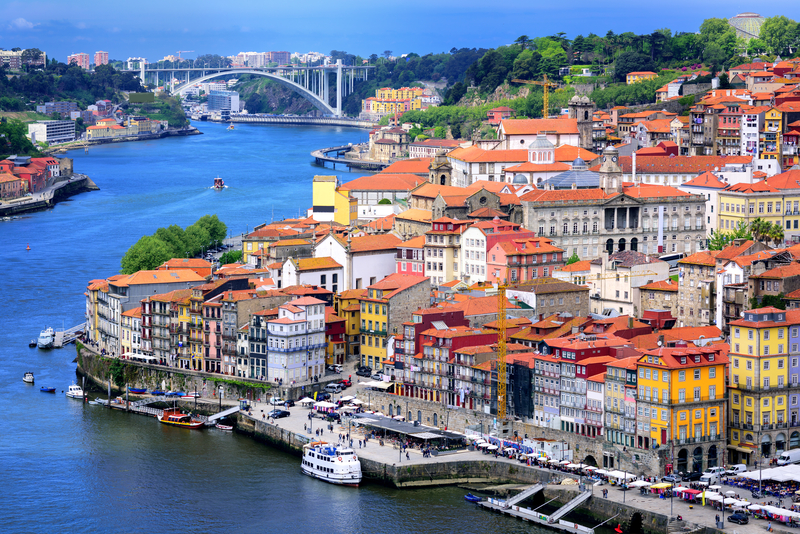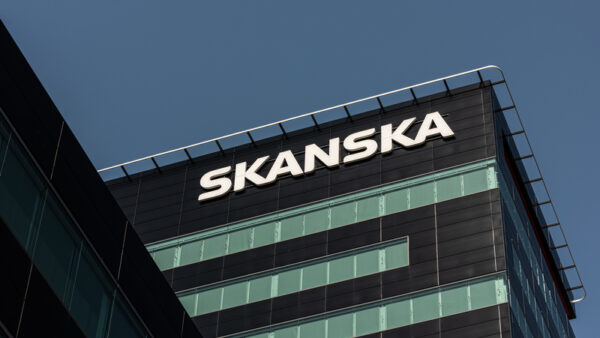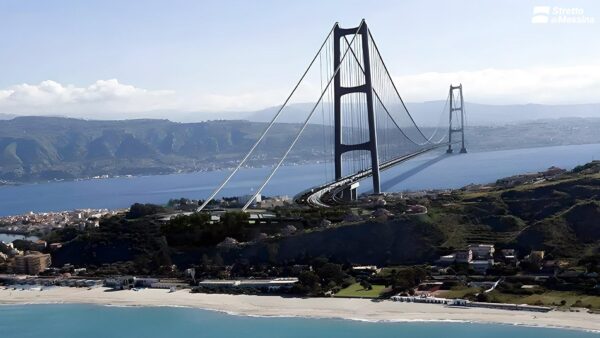
The European Investment Bank (EIB) this week released the first tranche of funding – €875m – to start work on Portugal’s first high-speed railway between Porto and Lisbon.
The loan goes toward the initial, 71km section between Porto in the north and Oiã, just north of Coimbra, which is being procured as a public-private partnership.
Infraestruturas de Portugal (IP), the national rail-network manager, also this week signed a 30-year concession agreement with the Avan Norte consortium of Portuguese companies to design, build and maintain the Porto-Oiã section for the period.
Avan Norte consists of Mota-Engil, Teixeira Duarte, Casais Group, Alves Ribeiro, Conduril Engenharia, and Gabriel Couto.
Avan Norte will have to build a new bridge over the Douro River, a new underground station at Santo Ovídio station in Vila Nova de Gaia, and adapt Porto’s main Campanhã rail station to accommodate high-speed services and links to other transport.
Three hours to one
When complete, the Lisbon to Porto line will cut travel time between the two cities from three hours to an hour and 15 minutes, and would be able to carry 10 million passengers a year.
Last year, the EIB agreed to lend Portugal €3bn for the whole line.
Portugal’s infrastructure and housing minister Miguel Pinto Luz said the country’s first high-speed railway and the new Lisbon Airport were “the largest projects that the country will undertake this century and are critical factors for Portugal’s economic growth”.
Jean-Christophe Laloux, EIB’s director general of financing, said: “The new high-speed line will support sustainable mobility, strengthen territorial cohesion and contribute to the climate transition.”
Speaking for Avan Norte, Mota-Engil chief executive Carlos Mota Santos said the deal was “a recognition to a consortium composed exclusively of Portuguese construction companies that have earned the trust of a broad group of international financial institutions”.
- Subscribe here to get stories about construction around the world in your inbox three times a week






